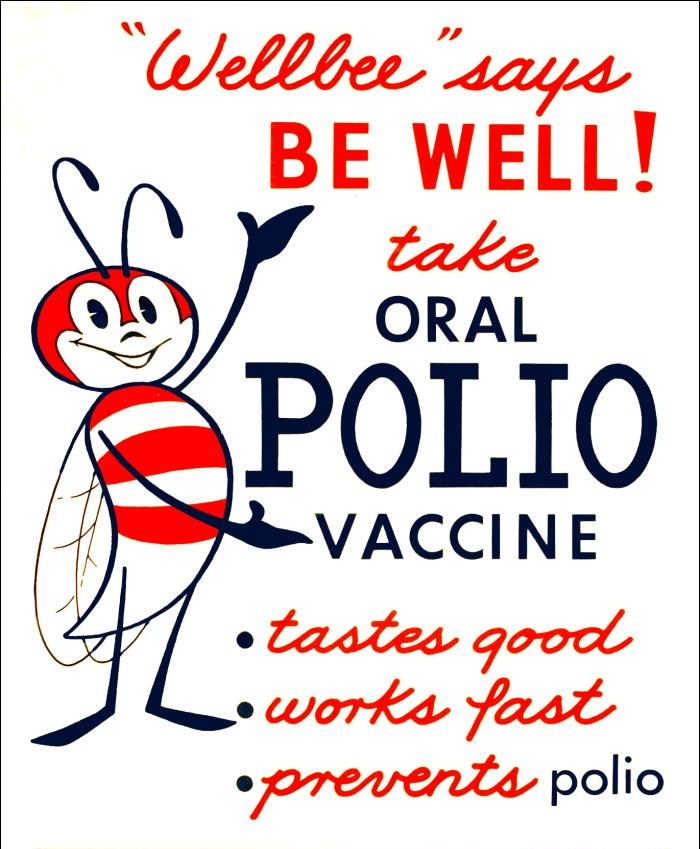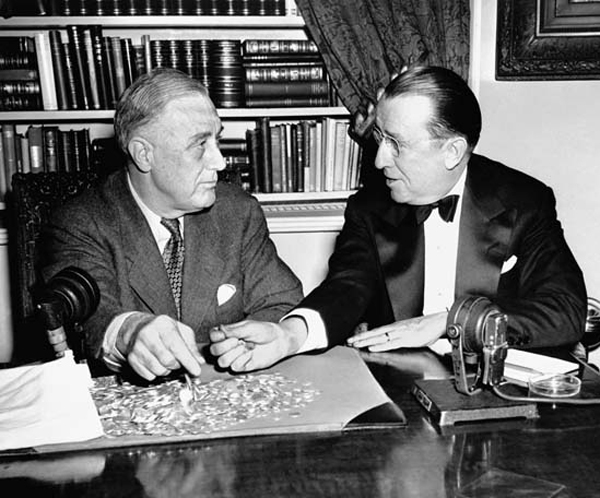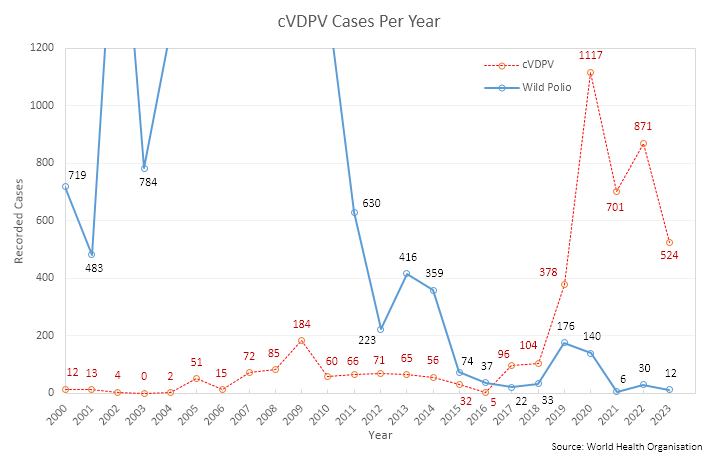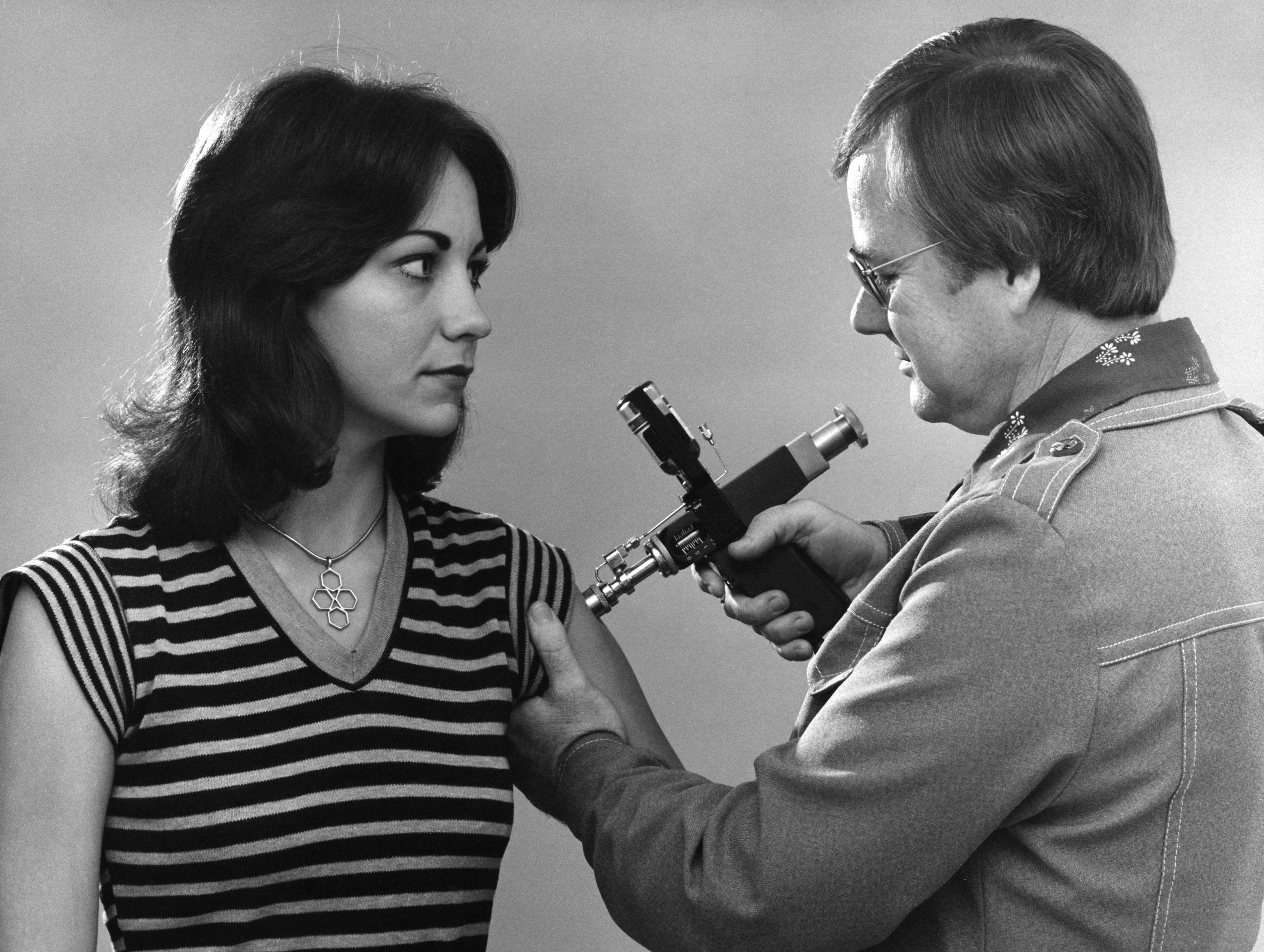|
Mass Vaccination
Mass vaccination is a public policy effort to vaccinate a large number of people, possibly the entire population of the world or of a country or region, within a short period of time. This policy may be directed during a pandemic, when there is a localized outbreak or scare of a disease for which a vaccine exists, or when a new vaccine is invented. Under normal circumstances, vaccines are provided as part of an individual's medical care starting from birth and given as part of routine checkups. But there are times when there is a need to vaccinate the population at large and provide easy access to the service. When this occurs, temporary clinics may be established around communities that can efficiently handle the many people within at once. Challenges of a mass vaccination effort include vaccine supply, logistics, storage, finding vaccinators and other necessary staff, vaccine safety and public outreach. Historic mass vaccinations Smallpox Early successes in eradication ( ... [...More Info...] [...Related Items...] OR: [Wikipedia] [Google] [Baidu] |
Vaccination
Vaccination is the administration of a vaccine to help the immune system develop immunity from a disease. Vaccines contain a microorganism or virus in a weakened, live or killed state, or proteins or toxins from the organism. In stimulating the body's adaptive immunity, they help prevent sickness from an infectious disease. When a sufficiently large percentage of a population has been vaccinated, herd immunity results. Herd immunity protects those who may be immunocompromised and cannot get a vaccine because even a weakened version would harm them. The effectiveness of vaccination has been widely studied and verified. Vaccination is the most effective method of preventing infectious diseases; widespread immunity due to vaccination is largely responsible for the worldwide eradication of smallpox and the elimination of diseases such as polio and tetanus from much of the world. However, some diseases, such as measles outbreaks in America, have seen rising cases due to relative ... [...More Info...] [...Related Items...] OR: [Wikipedia] [Google] [Baidu] |
Disease Vector
In epidemiology, a disease vector is any living agent that carries and transmits an infectious pathogen to another living organism; agents regarded as vectors are organisms, such as parasites or microbes. The first major discovery of a disease vector came from Ronald Ross in 1897, who discovered the malaria pathogen when he dissected a mosquito. Arthropods Arthropods form a major group of pathogen vectors with mosquitoes, flies, sand flies, lice, fleas, ticks, and mites transmitting a huge number of pathogens. Many such vectors are haematophagous, which feed on blood at some or all stages of their lives. When the insects feed on blood, the pathogen enters the blood stream of the host. This can happen in different ways. The ''Anopheles'' mosquito, a vector for malaria, filariasis, and various arthropod-borne-viruses (arboviruses), inserts its delicate mouthpart under the skin and feeds on its host's blood. The parasites the mosquito carries are usually located in its salivary gl ... [...More Info...] [...Related Items...] OR: [Wikipedia] [Google] [Baidu] |
Polio
Poliomyelitis, commonly shortened to polio, is an infectious disease caused by the poliovirus. Approximately 70% of cases are asymptomatic; mild symptoms which can occur include sore throat and fever; in a proportion of cases more severe symptoms develop such as headache, neck stiffness, and paresthesia. These symptoms usually pass within one or two weeks. A less common symptom is permanent paralysis, and possible death in extreme cases.. Years after recovery, post-polio syndrome may occur, with a slow development of muscle weakness similar to that which the person had during the initial infection. Polio occurs naturally only in humans. It is highly infectious, and is spread from person to person either through fecal-oral transmission (e.g. poor hygiene, or by ingestion of food or water contaminated by human feces), or via the oral-oral route. Those who are infected may spread the disease for up to six weeks even if no symptoms are present. The disease may be diagnosed ... [...More Info...] [...Related Items...] OR: [Wikipedia] [Google] [Baidu] |
Oral Polio Vaccine
Polio vaccines are vaccines used to prevent poliomyelitis (polio). Two types are used: an inactivated poliovirus given by injection (IPV) and a weakened poliovirus given by mouth (OPV). The World Health Organization (WHO) recommends all children be fully vaccinated against polio. The two vaccines have eliminated polio from most of the world, and reduced the number of cases reported each year from an estimated 350,000 in 1988 to 33 in 2018. The inactivated polio vaccines are very safe. Mild redness or pain may occur at the site of injection. Oral polio vaccines cause about three cases of vaccine-associated paralytic poliomyelitis per million doses given. This compares with 5,000 cases per million who are paralysed following a polio infection. Both types of vaccine are generally safe to give during pregnancy and in those who have HIV/AIDS but are otherwise well. However, the emergence of circulating vaccine-derived poliovirus (cVDPV), a form of the vaccine virus that has revert ... [...More Info...] [...Related Items...] OR: [Wikipedia] [Google] [Baidu] |
Herd Immunity
Herd immunity (also called herd effect, community immunity, population immunity, or mass immunity) is a form of indirect protection that applies only to contagious diseases. It occurs when a sufficient percentage of a population has become immune to an infection, whether through previous infections or vaccination, thereby reducing the likelihood of infection for individuals who lack immunity. Once the herd immunity has been reached, disease gradually disappears from a population and may result in eradication or permanent reduction of infections to zero if achieved worldwide. Herd immunity created via vaccination has contributed to the reduction of many diseases. Effects Protection of those without immunity Some individuals either cannot develop immunity after vaccination or for medical reasons cannot be vaccinated. Newborn infants are too young to receive many vaccines, either for safety reasons or because passive immunity renders the vaccine ineffective. Individuals who are ... [...More Info...] [...Related Items...] OR: [Wikipedia] [Google] [Baidu] |
Global Polio Eradication Initiative
The Global Polio Eradication Initiative is an initiative created in 1988, just after the World Health Assembly resolved to eradicate the disease poliomyelitis. Led by the World Health Organization, it is the largest international public health initiative in history. History In 1987 Rotary International began a campaign to raise U.S. $100 million by its 100th anniversary, for the purpose of dealing with global polio. The following year, the World Health Assembly voted for the Global Polio Eradication Initiative. At the time, there were 125 countries with endemic polio. Efforts were built upon those used to control wild poliovirus in the Americas in the early 1980s, and on lessons from smallpox eradication. Its first coordinator was Nick Ward."Certification of Poliomyelitis Eradicat ... [...More Info...] [...Related Items...] OR: [Wikipedia] [Google] [Baidu] |
Finland
Finland ( fi, Suomi ; sv, Finland ), officially the Republic of Finland (; ), is a Nordic country in Northern Europe. It shares land borders with Sweden to the northwest, Norway to the north, and Russia to the east, with the Gulf of Bothnia to the west and the Gulf of Finland across Estonia to the south. Finland covers an area of with a population of 5.6 million. Helsinki is the capital and largest city, forming a larger metropolitan area with the neighbouring cities of Espoo, Kauniainen, and Vantaa. The vast majority of the population are ethnic Finns. Finnish, alongside Swedish, are the official languages. Swedish is the native language of 5.2% of the population. Finland's climate varies from humid continental in the south to the boreal in the north. The land cover is primarily a boreal forest biome, with more than 180,000 recorded lakes. Finland was first inhabited around 9000 BC after the Last Glacial Period. The Stone Age introduced several differ ... [...More Info...] [...Related Items...] OR: [Wikipedia] [Google] [Baidu] |
Canada
Canada is a country in North America. Its ten provinces and three territories extend from the Atlantic Ocean to the Pacific Ocean and northward into the Arctic Ocean, covering over , making it the world's second-largest country by total area. Its southern and western border with the United States, stretching , is the world's longest binational land border. Canada's capital is Ottawa, and its three largest metropolitan areas are Toronto, Montreal, and Vancouver. Indigenous peoples have continuously inhabited what is now Canada for thousands of years. Beginning in the 16th century, British and French expeditions explored and later settled along the Atlantic coast. As a consequence of various armed conflicts, France ceded nearly all of its colonies in North America in 1763. In 1867, with the union of three British North American colonies through Confederation, Canada was formed as a federal dominion of four provinces. This began an accretion of provinces an ... [...More Info...] [...Related Items...] OR: [Wikipedia] [Google] [Baidu] |
Jonas Salk
Jonas Edward Salk (; born Jonas Salk; October 28, 1914June 23, 1995) was an American virologist and medical researcher who developed one of the first successful polio vaccines. He was born in New York City and attended the City College of New York and New York University School of Medicine. In 1947, Salk accepted a professorship in the School of Medicine at the University of Pittsburgh. It was there that he undertook a project to determine the number of different types of poliovirus, starting in 1948. For the next seven years, Salk devoted himself towards developing a vaccine against polio. Salk was immediately hailed as a "miracle worker" when the vaccine's success was first made public in April 1955, and chose to not patent the vaccine or seek any profit from it in order to maximize its global distribution. The National Foundation for Infantile Paralysis and the University of Pittsburgh looked into patenting the vaccine but, since Salk's techniques were not novel, their paten ... [...More Info...] [...Related Items...] OR: [Wikipedia] [Google] [Baidu] |
United States
The United States of America (U.S.A. or USA), commonly known as the United States (U.S. or US) or America, is a country primarily located in North America. It consists of 50 states, a federal district, five major unincorporated territories, nine Minor Outlying Islands, and 326 Indian reservations. The United States is also in free association with three Pacific Island sovereign states: the Federated States of Micronesia, the Marshall Islands, and the Republic of Palau. It is the world's third-largest country by both land and total area. It shares land borders with Canada to its north and with Mexico to its south and has maritime borders with the Bahamas, Cuba, Russia, and other nations. With a population of over 333 million, it is the most populous country in the Americas and the third most populous in the world. The national capital of the United States is Washington, D.C. and its most populous city and principal financial center is New York City. Paleo-Americ ... [...More Info...] [...Related Items...] OR: [Wikipedia] [Google] [Baidu] |
Oral Polio Vaccine
Polio vaccines are vaccines used to prevent poliomyelitis (polio). Two types are used: an inactivated poliovirus given by injection (IPV) and a weakened poliovirus given by mouth (OPV). The World Health Organization (WHO) recommends all children be fully vaccinated against polio. The two vaccines have eliminated polio from most of the world, and reduced the number of cases reported each year from an estimated 350,000 in 1988 to 33 in 2018. The inactivated polio vaccines are very safe. Mild redness or pain may occur at the site of injection. Oral polio vaccines cause about three cases of vaccine-associated paralytic poliomyelitis per million doses given. This compares with 5,000 cases per million who are paralysed following a polio infection. Both types of vaccine are generally safe to give during pregnancy and in those who have HIV/AIDS but are otherwise well. However, the emergence of circulating vaccine-derived poliovirus (cVDPV), a form of the vaccine virus that has revert ... [...More Info...] [...Related Items...] OR: [Wikipedia] [Google] [Baidu] |
Jet Injector
A jet injector is a type of medical injecting syringe device used for a method of drug delivery known as jet injection, in which a narrow, high-pressure stream of liquid penetrates the outermost layer of the skin (stratum corneum) to deliver medication to targeted underlying tissues of the epidermis or dermis ("cutaneous" injection, also known as classical "intradermal" injection), fat ("subcutaneous" injection), or muscle ("intramuscular" injection). The jet stream is usually generated by the pressure of a piston in an enclosed liquid-filled chamber. The piston is usually pushed by the release of a compressed metal spring, although investigational devices may use piezoelectric effects and other novel technologies to pressurize the liquid in the chamber. The springs of currently-marketed and historical devices may be compressed by operator muscle power, hydraulic fluid, built-in battery-operated motors, compressed air or gas, and other means. Gas-powered and hydraulically powere ... [...More Info...] [...Related Items...] OR: [Wikipedia] [Google] [Baidu] |






